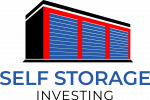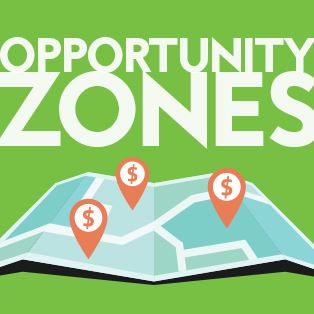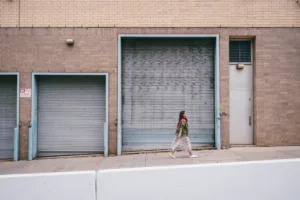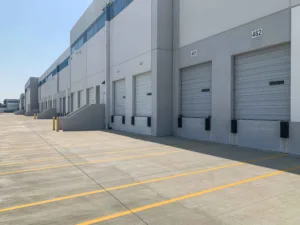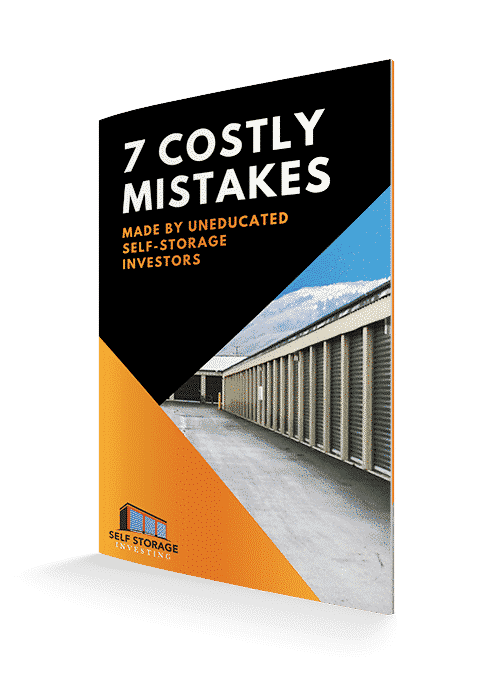By now, most active investors in real estate have at least heard the term “opportunity zone” (OZ) even if they aren’t completely clear on what it is or the advantages this incredible program provides. An OZ is an economically distressed community in which new investments may be eligible for preferential tax benefits. These areas have been nominated by their governors and approved by the secretary of the U. S. Department of the Treasury to spur economic development, creating jobs and improving neighborhoods.
OZs were created and added to the tax code on Dec. 22, 2017. Originally, they were only offered in 18 states, but they’re are now available in all 50 states, the District of Columbia and five U.S. territories. Investors and developers can seek properties in these areas with the intent to renovate and repurpose, generally for a long-term hold (10 years minimum).
How It Works
To invest in a qualified opportunity zone (QOZ), you must first create a qualified opportunity fund (QOF). The vehicle can be a partnership or a corporation, or a limited liability company if treated as a partnership or a corporation for tax purposes.
The good news is, at the time of this writing, investors can self-certify by filing QOF Form 8996 with their federal income-tax return. The main advantage is you don’t have to wait for IRS approval. Simply fill out the form, attach it to your return and you’re done. Note: Hire an attorney with experience in forming QOFs and coordinate his efforts with your certified public accountant to ensure you’re in compliance.
A QOF must invest 90 percent of its assets in a QOZ. These can be in the form of corporate stock or partnership interests in a business that’s in the OZ, or tangible property in the QOZ.
The reason so many people are excited about this incredible gift from the federal government is when you invest in an QOZ, you can separate the base from the gain. For example, if you sell a $300,000 property in which the base was $200,000 and the gain is $100,000, you can keep the $200,000 base and reinvest the $100,000 gain into the QOF. This way you can defer the taxes.
OZs can be identified at cdfifund.gov, the Community Development Financial Institutions Fund page for the U.S. Department of the Treasury. If you don’t see any in your area, you still might be able to find one somewhere that works for your investing strategy.
